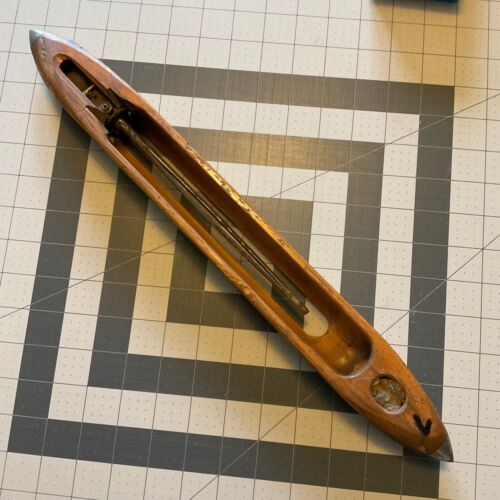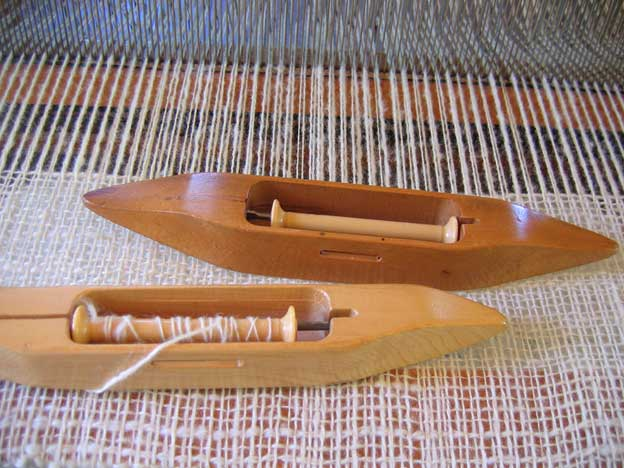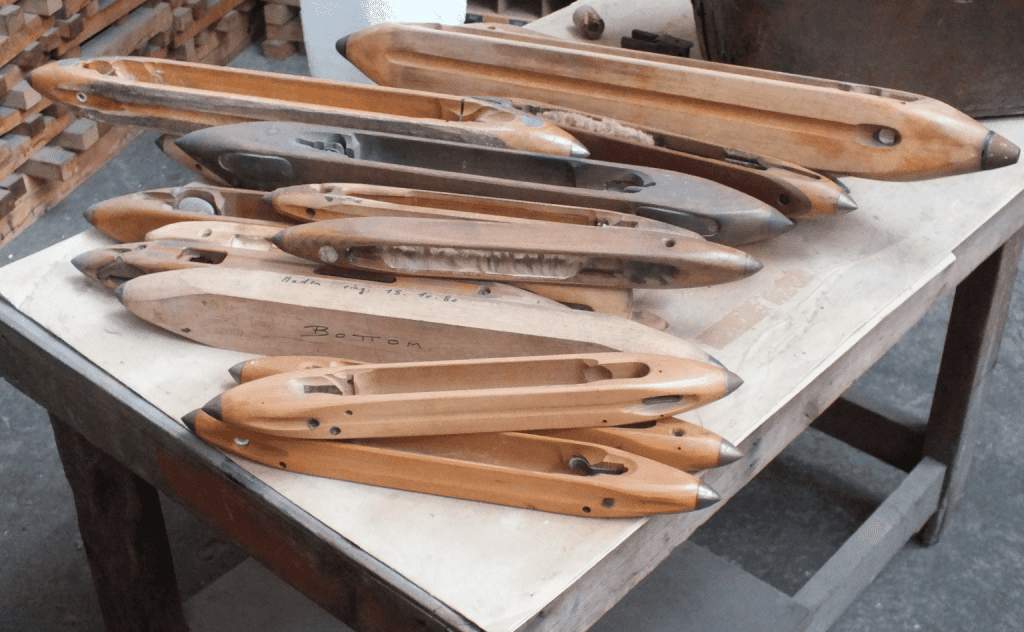The weaving shuttle may seem like a simple tool at first glance, but its role in the history of textile production is nothing short of extraordinary. As one of the key components in the weaving process, the shuttle has evolved over centuries, representing not only advancements in technology but also a rich cultural heritage. Today, the vintage weaving shuttle stands as a symbol of craftsmanship and tradition, cherished by artisans and collectors alike.

In this article, we’ll dive into the historical significance, types, and legacy of the weaving shuttle, exploring its journey from ancient times to its role in modern textile artistry.
A Journey Through Time: The Historical Evolution of the Weaving Shuttle
The weaving shuttle’s origins can be traced back to ancient civilizations. In its earliest forms, it was a simple tool designed to interlace threads on a loom. Early humans, relying on ingenuity and available resources, crafted shuttles from materials like wood and bone. These early devices were rudimentary, yet essential, allowing weavers to produce textiles for clothing, shelter, and ceremonial purposes.
As civilizations progressed, so did the design and functionality of the weaving shuttle. By the medieval period, shuttles were being crafted from a wider variety of materials such as metal and ivory, enhancing their durability and efficiency. The true turning point in shuttle evolution came in 1733 with John Kay’s invention of the flying shuttle. This revolutionary design allowed weavers to produce wider fabrics more quickly, transforming the textile industry and laying the foundation for the Industrial Revolution.
The Functionality of the Weaving Shuttle
At its core, the weaving shuttle serves a straightforward yet crucial function: it carries the weft thread across the warp threads on a loom. This process, known as “weaving,” creates the structure of fabric by interlocking threads at right angles. The shuttle plays a key role in ensuring the even distribution of threads, which is vital for producing strong, uniform textiles.
But while the basic function of the weaving shuttle has remained consistent, the types of shuttles have diversified to suit different weaving methods.
- Boat Shuttles: These are widely used in handweaving and feature a streamlined design, allowing for smooth movement across the warp threads. Their hollow interior houses the bobbin, which holds the weft thread, making them ideal for creating intricate, detailed fabrics.
- Stick Shuttles: A simpler version, often used by beginners or for smaller projects. Stick shuttles are flat and easy to maneuver, but less efficient for large-scale weaving.
- Rapier Shuttles: Commonly found in industrial weaving, these shuttles are designed for high-speed production, allowing for faster and more efficient weaving. They are more complex and better suited for commercial textile production.
Weaving as an Art Form: The Craftsmanship Behind Vintage Shuttles
For many artisans, the weaving shuttle is more than just a tool; it is an extension of their creativity. Vintage shuttles, in particular, often showcase exquisite craftsmanship, blending function with artistry. In regions where handweaving remains a celebrated tradition, shuttles are designed with intricate patterns and engravings that reflect the cultural heritage of the area.
These shuttles are a testament to the pride artisans take in their work. While modern technology has introduced faster and more automated methods of weaving, many weavers prefer the tactile experience of using vintage tools. There’s something deeply satisfying about the rhythmic motion of a shuttle passing through threads—a connection to a craft that has been practiced for generations.

The Cultural and Historical Legacy of the Weaving Shuttle
The weaving shuttle holds deep cultural significance across the globe. In many societies, weaving has long been a vital part of daily life, and shuttles played a central role in that process. From the intricately woven textiles of the ancient Egyptians to the vibrant, patterned fabrics of the Andean cultures, the shuttle has been a constant companion in the art of fabric creation.
Over time, weaving techniques have been passed down through generations, preserving not just the methods, but the cultural stories and traditions associated with them. In this way, the weaving shuttle has become more than just a functional tool—it is a symbol of heritage, knowledge, and community. For example, in certain Native American cultures, specific weaving techniques and shuttle designs are associated with storytelling, helping to preserve their history and beliefs.
The Modern-Day Appeal of Vintage Weaving Shuttles
In today’s fast-paced, technology-driven world, it might seem surprising that vintage weaving shuttles continue to hold such appeal. However, there is a growing movement among handweavers and textile artists to return to traditional methods, appreciating the craftsmanship and tactile experience that comes with using vintage tools.

Many contemporary artisans find joy in the slower, more deliberate process of handweaving, where every movement of the shuttle contributes to the final product. There’s a certain meditative quality to weaving by hand, where each pass of the shuttle feels like a dance between the weaver and the loom.
Collectors, too, have taken an interest in vintage weaving shuttles. These artifacts of textile history are valued not only for their functionality but for their aesthetic beauty and historical significance. Some shuttles, particularly those made from rare materials or with intricate designs, are considered valuable collector’s items and are often found in museums and private collections.
A Lasting Legacy: The Enduring Impact of the Weaving Shuttle
Despite modern advancements in textile production, the weaving shuttle continues to inspire. Whether it’s the quiet satisfaction of handweaving or the historical significance of vintage shuttles, this tool remains an important part of the textile world. It bridges the gap between past and present, connecting us to centuries of craftsmanship and cultural heritage.
From its humble beginnings to its role in shaping the textile industry, the weaving shuttle stands as a testament to human innovation and artistry. For anyone interested in textiles, history, or cultural heritage, the vintage weaving shuttle is a symbol of the beauty and complexity of one of the world’s oldest crafts.
Conclusion: The Timeless Influence of the Weaving Shuttle

The weaving shuttle is more than just a tool; it’s a window into the history of human creativity and innovation. From ancient times to the modern era, this small yet mighty device has played a crucial role in textile production. Its legacy as both a functional tool and a piece of cultural heritage continues to inspire weavers and collectors today.
As we look back on the weaving shuttle’s journey through history, we’re reminded of the importance of preserving traditional crafts and the stories they carry with them. Whether you’re a seasoned weaver or simply appreciate the artistry of textiles, the weaving shuttle remains a symbol of the beauty, skill, and tradition behind the creation of fabric.


